Even though the garden currently looks like this, we’ve been busy ordering some seeds and planning everything we will be growing in a few short weeks!
Garden planning!!!
We briefly mentioned last month that we plan our whole garden in the winter months. Well it’s that time!!! We want to share some tips on how we do our best to at least start our growing season on the right foot and in an organized manner (there isn’t always much order left by the end of the season 😂).
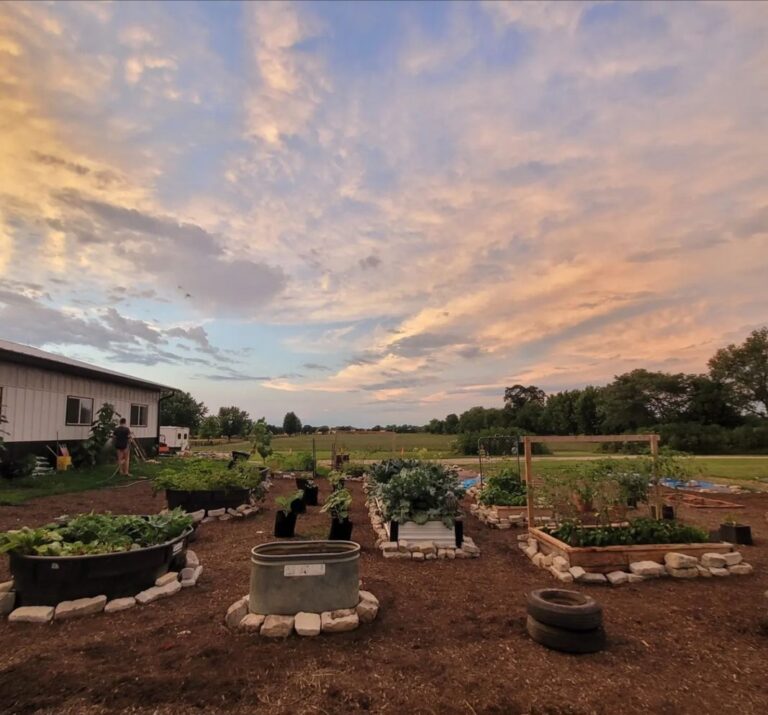
Vegetable TIMELINE calculator and garden map
We have a digital vegetable timeline calculator and map of our garden beds that we use to help us stay on top of everything in the beginning of the season. The timeline calculator is based on our first and last frost dates (Oswego is in agricultural zone 5B) and how many days each vegetable takes to reach maturity. We then calculate when to plant each vegetable, whether we will start the seeds indoors to transplant into the garden later, or if we will direct sew them into the garden. We also use the calculator to plan when we want to succession sew a crop to spread out the harvest window of certain vegetables.
We made our garden map in an excel sheet, but many gardeners draw theirs by hand! We fill in all of the vegetables on our map based on the square foot gardening method popularized by Mel Bartholomew, and decide where to put each crop based on the companion planting method (more on this next!).
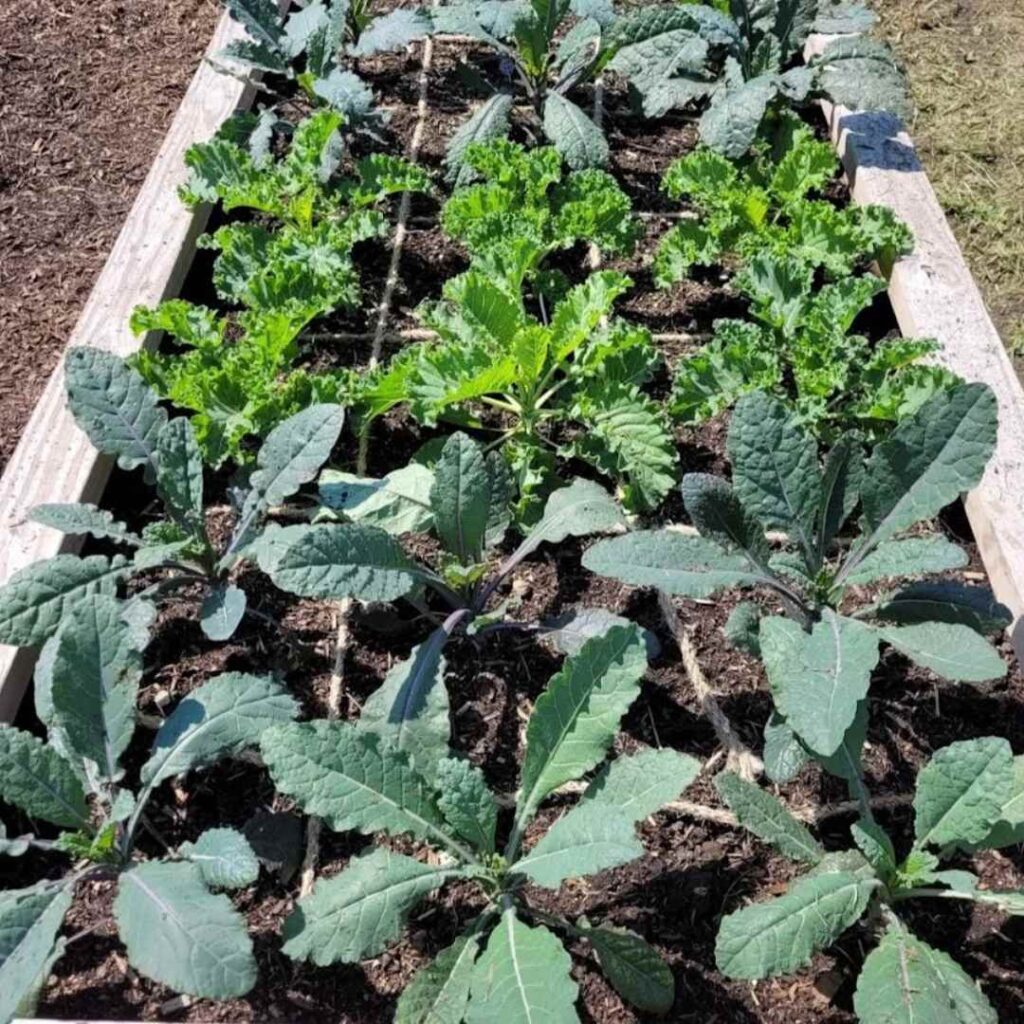
COMPANION PLANTING
Companion Planting is the practice of strategically growing plants together for mutual benefit. This can include enhanced growth and flavor, natural pest control, and improved disease resistance. Here are some of the benefits of using this gardening method:
- Improved Growth: Some plants can help each other grow better. For example, legumes like beans and peas fix nitrogen into the soil, helping to replenish the nutrients in the soil and helping feed other vegetables nearby.
- Pest Control: Certain plants can repel pests that would otherwise harm other crops. We plant lots of marigolds around our tomatoes to help deter insects.
- Attracting Beneficial Insects: Many flowers and herbs attract pollinators like bees and beneficial insects like ladybugs, which can help naturally control pests like aphids.
- Space Efficiency: Companion planting allows you to maximize space in your garden by growing multiple crops together. Our garden is mostly raised beds, so we are all about saving space!
Here are a few common examples of companion planting:
- The Three Sisters: This Native American farming method involves planting corn, beans, and squash together. The corn provides support for the beans to climb, the beans add nitrogen to the soil, and the squash shades the ground, helping to retain moisture.
- Basil and Tomatoes: Basil is often planted near tomatoes because it can repel pests that harm tomatoes, and is even said to enhance the flavor of the tomatoes!
- Carrots and Onions: The strong scent of onions can help deter carrot flies, a common pest of carrots. Carrots, in turn, can help improve the flavor of onions. Win win!
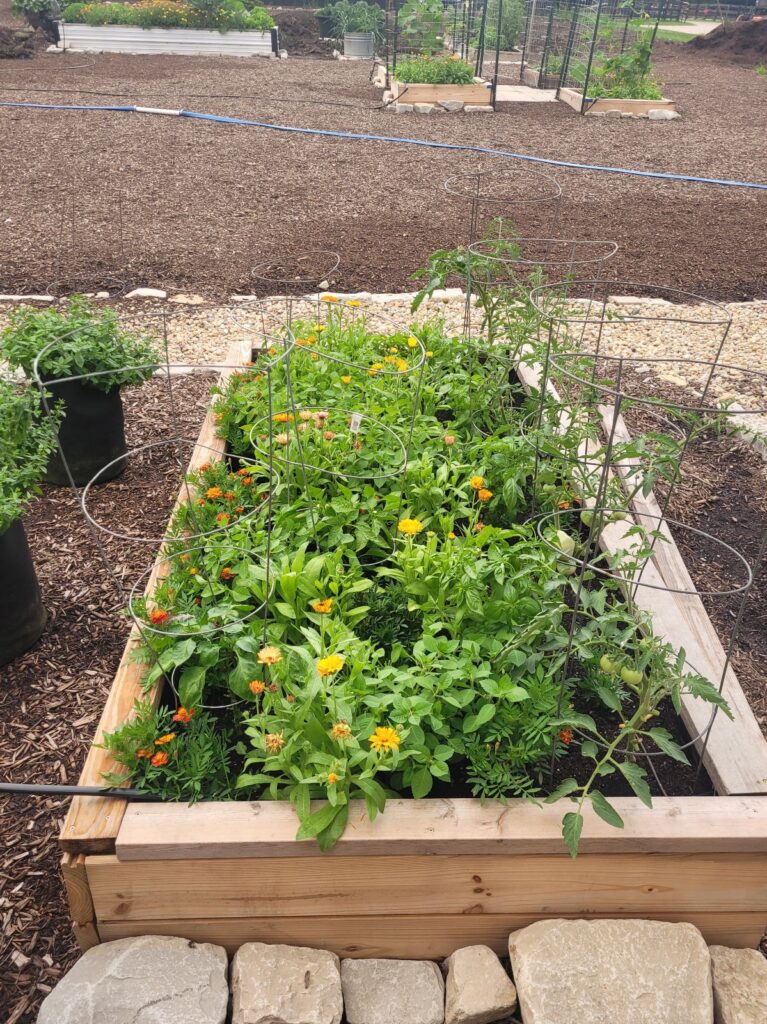
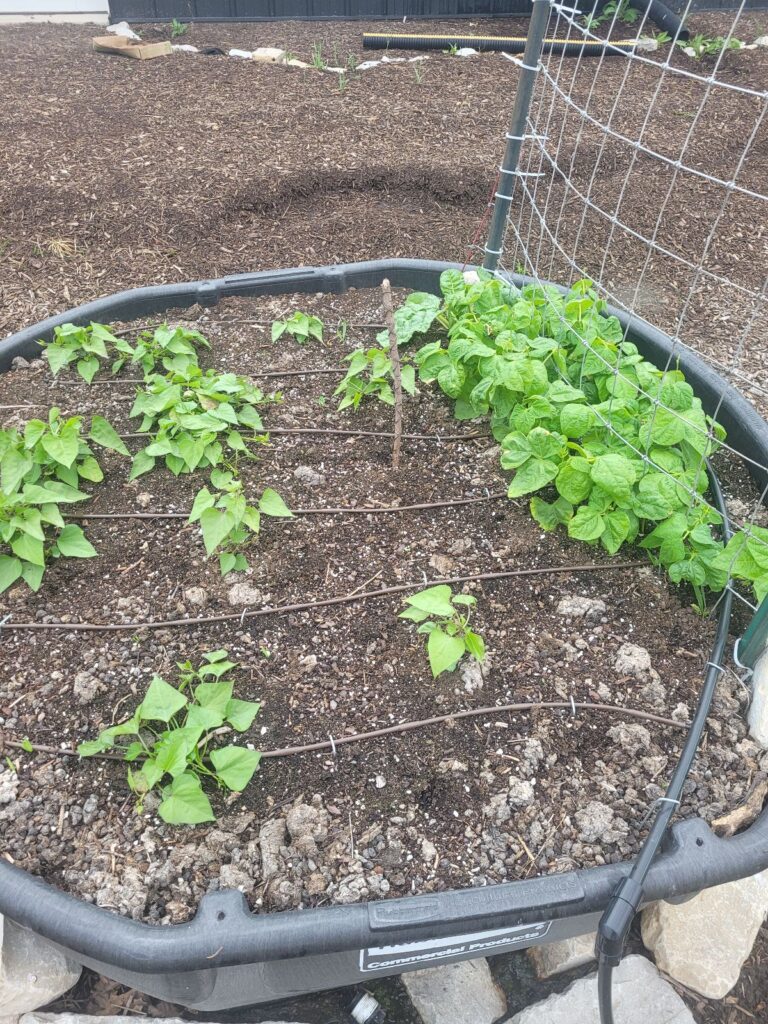
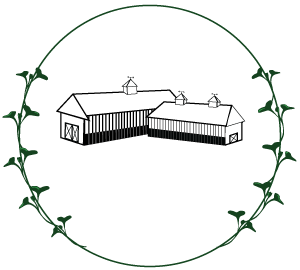

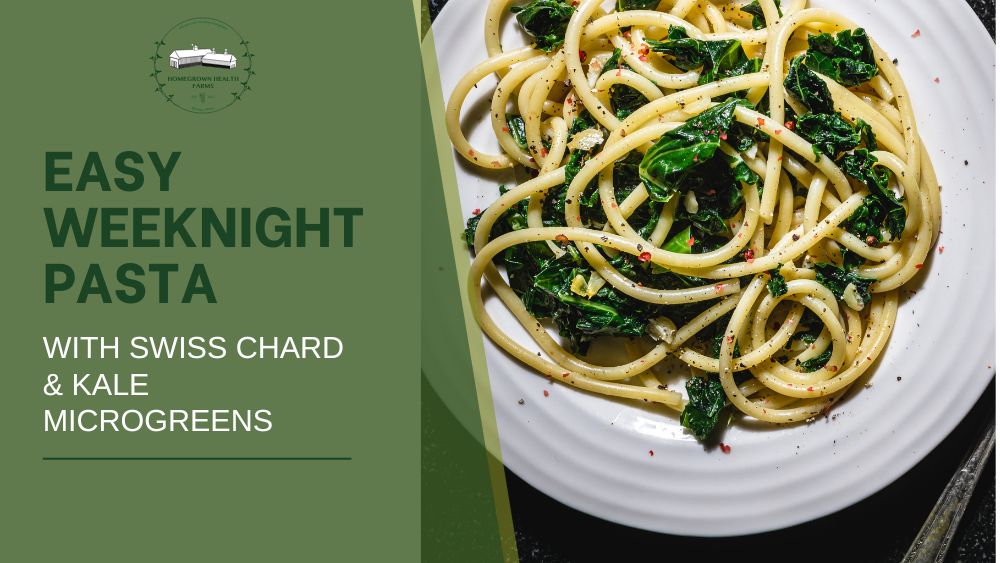

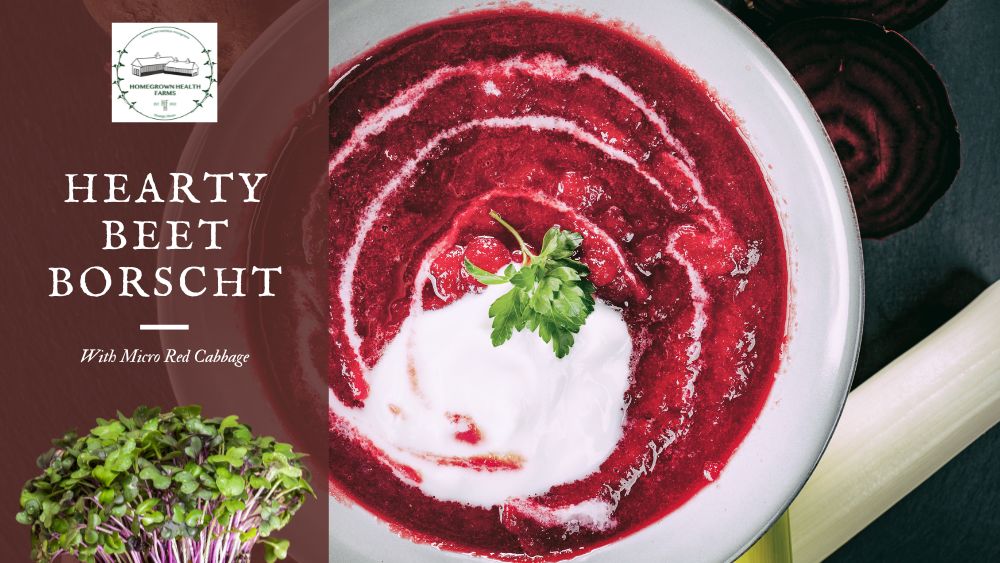
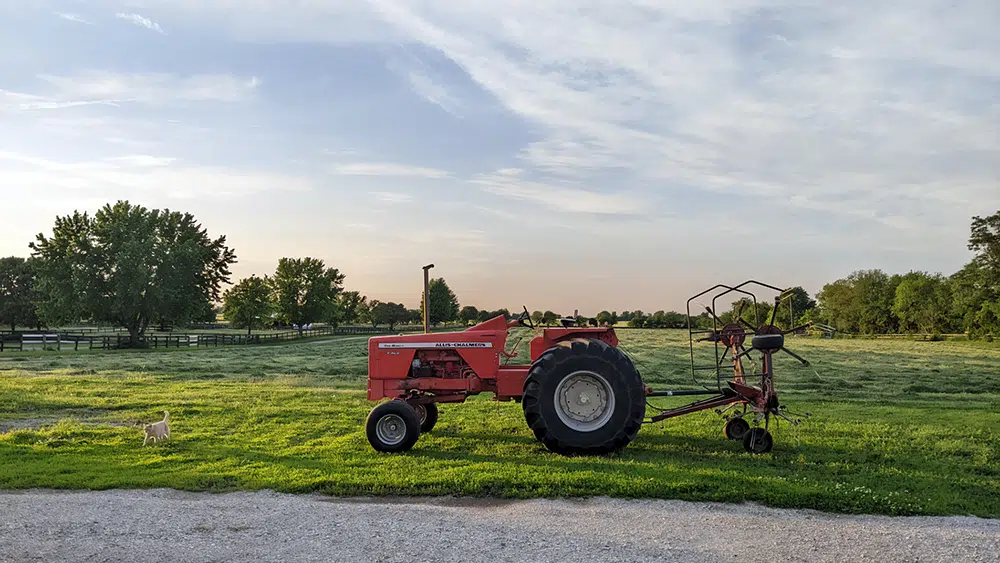
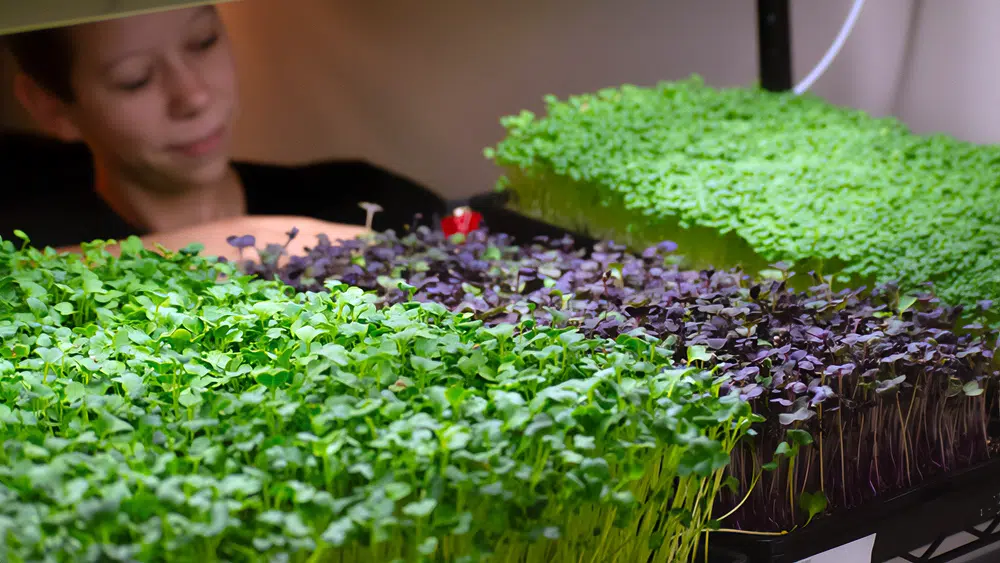
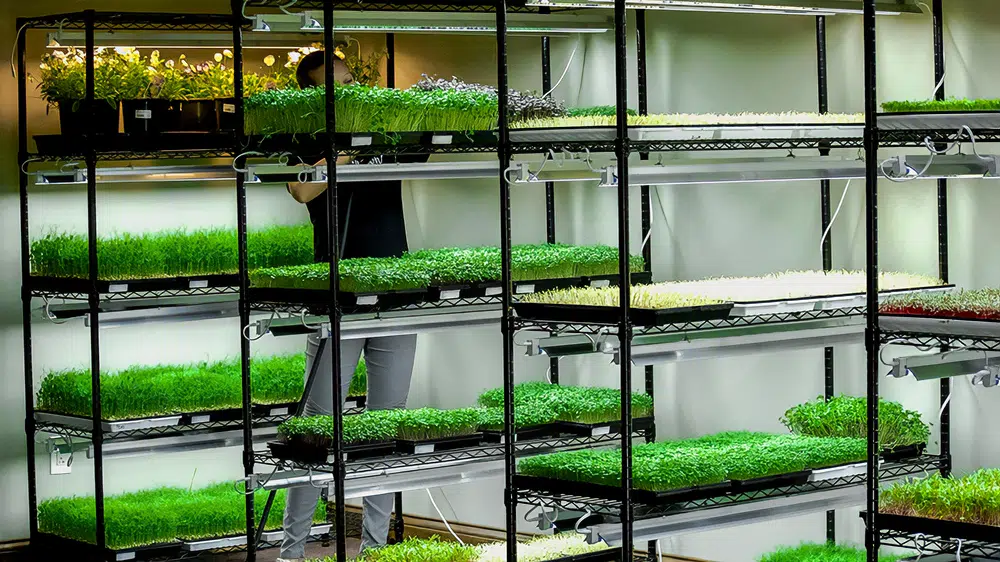
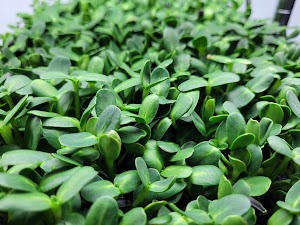






1 thought on “FEBRUARY Newsletter”
👋 👋, thank you for sharing this information. We have struggledwith in ground vegetable gardening for the last 6 years. Another of our plants just fail. We heard that this could be due to the fact that we have walnut trees in our hedgehog.
We ve resorted to containers and garden bags.
Last few years the kale, cabbage, broccoli, cauliflower , Brussel sprouts have all been devoured.
Very frustrated 😠
So not looking forward to a repeat !!!!!!!!
Thank you for listening!!!!
Positive vibes ahead